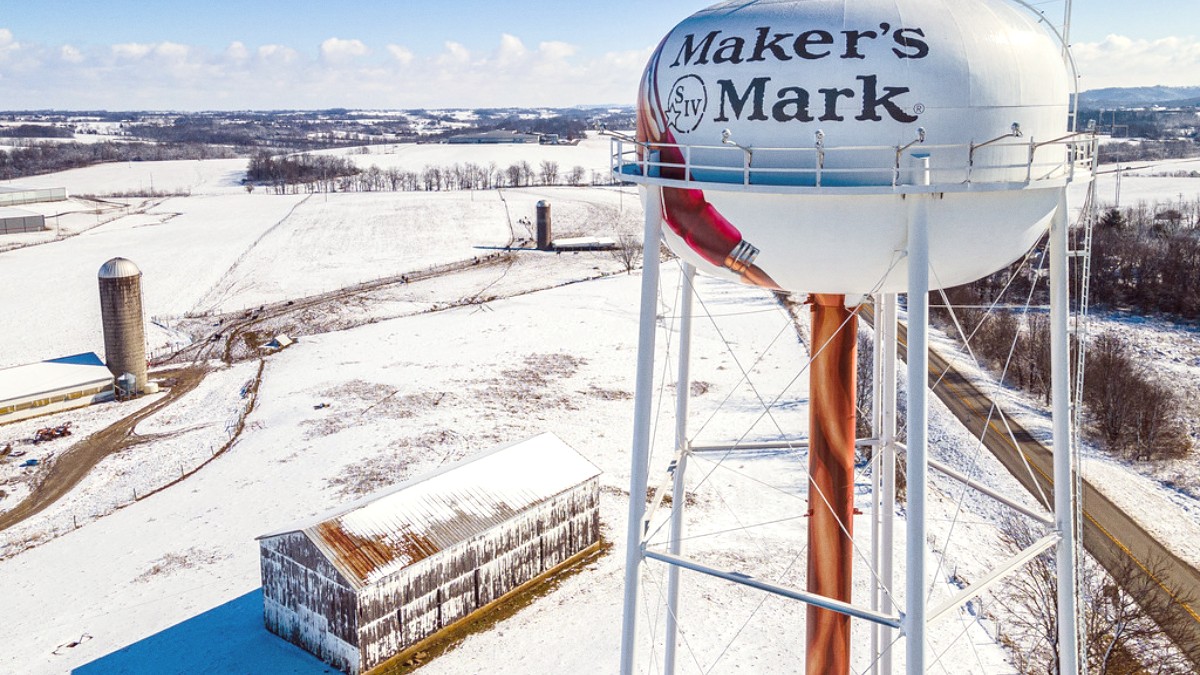
Kentucky, USA
Your travel journey for the Kentucky Bourbon Trail unfolds as more than just flights and hotels. It frames a path through rolling hills, past horse farms, and into distilleries both grand and intimate. Discover how limestone-filtered water, specific grain recipes, and charred oak barrels join to create the distinctive spirit. Each stop on the trail presents a chance to learn, taste, and connect with the passionate people who carry on this legacy. From the bustling urban distilleries of Louisville to the historic farms nestled in scenic rural areas, the Bourbon Trail unfolds a mosaic of experiences. This guide directs your visit, ensuring you savor every moment of your Kentucky adventure.
A visit to the Kentucky Bourbon Trail details the intricate process behind each bottle. You walk through fermenting rooms, witness bubbling stills, and step inside vast rickhouses where barrels quietly mature for years. These visits are more than tours; they are educational journeys. You gain an understanding for the science and art of distillation, along with the patience required to produce world-class bourbon.
The trail invites seasoned bourbon enthusiasts and curious newcomers alike, providing an engaging and educational journey for everyone.
Kentucky sits in the east-south-central region of the United States. Its geography largely influences bourbon production. The state offers diverse landscapes, from the Appalachian foothills in the east to the fertile Bluegrass Region in the central part, and the Western Coal Field. The Bourbon Trail mainly winds through the central Bluegrass Region and into portions of Western Kentucky. This area is famous for its gently rolling hills, lush pastures, and abundant limestone. This specific geological feature holds particular importance for bourbon.
The underlying limestone naturally filters water found in Kentucky. This process takes away iron, which spoils the taste of whiskey, and adds calcium and magnesium. These minerals benefit the yeast used in fermentation, contributing to bourbon's distinct flavor profile. Most distilleries draw their water from local springs or wells, ensuring this unique mineral content. The Bluegrass Region also offers fertile land for growing corn, a main ingredient in bourbon. These natural advantages, combined with the state's climate, create an ideal environment for distilling and aging bourbon.
Natural filtration adds beneficial minerals for fermentation.
The Bluegrass Region supports bountiful corn crops, a core ingredient.
Kentucky's climate cycles aid the aging process in charred oak barrels.
The trail spreads across cities and rural areas, inviting scenic drives.
Major cities provide convenient entry points and urban distillery experiences.
The Kentucky Bourbon Trail extends across a wide geographical area, connecting distilleries in and around several cities and towns. Louisville serves as a major hub, for urban distilleries and as a convenient entry point with its international airport. Lexington, another important city, anchors the eastern side of the trail, surrounded by horse farms and more distilleries. Smaller, historic towns like Bardstown, often called the "Bourbon Capital of the World," and Frankfort, the state capital, also feature prominently. Distilleries are not always clustered together, so travel between locations often includes scenic drives through rural landscapes.
Some distilleries are just a short drive apart, while others call for an hour or more of travel. The roads connecting these sites often wind through picturesque countryside, displaying views of horse farms, stone fences, and historic barns. These drives themselves offer an experience, allowing you to appreciate the serene beauty of rural Kentucky. Account for varied terrain when planning your transportation.
Louisville and Lexington function as main entry points and hubs for Bourbon Trail exploration. Louisville, with its international airport, provides access to both urban distilleries and routes heading south. Lexington anchors the eastern portion, surrounded by picturesque horse country and numerous distilleries. Both cities offer a wide range of accommodation, dining, and other attractions to complement your distillery visits.
Kentucky's natural resources and strategic geography play a fundamental part in the unique character and long-standing legacy of its bourbon.
Kentucky's history intertwines deeply with the story of bourbon. Early European settlers, many of Scotch-Irish descent, brought their distilling knowledge to the fertile lands of what would become Kentucky in the late 18th century. They found an abundance of corn, pure limestone-filtered water, and dense forests providing oak for barrels. These factors combined to make Kentucky an ideal place for whiskey production. Farmers often distilled their surplus corn into whiskey, finding it easier to transport and sell than raw grain. This early practice established the foundation for the industry.
The origins of bourbon's name remain debated, but many believe it connects to Bourbon County, Kentucky, an important shipping area in the early days. Others suggest a link to Bourbon Street in New Orleans, a major market for Kentucky whiskey. Regardless of the exact origin, bourbon's identity established itself in Kentucky. By the early 19th century, Kentucky whiskey gained a reputation for its quality. Distillers began charring the inside of oak barrels, a practice initially used for cleaning or preserving barrels, but soon discovered to impart desirable flavors and the characteristic amber color. This charring process became a defining element of bourbon production.
Abundant corn, limestone-filtered water, and oak forests created an ideal environment for whiskey production.
The practice of charring oak barrels became fundamental, shaping bourbon's unique color and flavor.
Distilling surplus corn offered farmers a more transportable and valuable commodity.
The industry faced many challenges throughout its history, including temperance movements, taxation issues, and the devastating period of Prohibition (1920-1933). Prohibition nearly erased Kentucky's distilling heritage, forcing many distilleries to close or shift to medicinal alcohol production. However, a select few managed to survive.
Explore both historic, expansive operations and intimate craft distilleries, learning the bourbon-making process firsthand.
Participate in guided tastings that highlight the hints of different bourbon expressions and styles.
Drive through picturesque landscapes, discover quaint towns, and enjoy Southern hospitality.
Discover the alluring atmosphere of smaller towns like Bardstown, steeped in history and local lore.
Kentuckians greet visitors with openness and friendliness, making for a welcoming journey.
Enjoy diverse dining experiences, from traditional Southern dishes to modern, bourbon-infused meals.